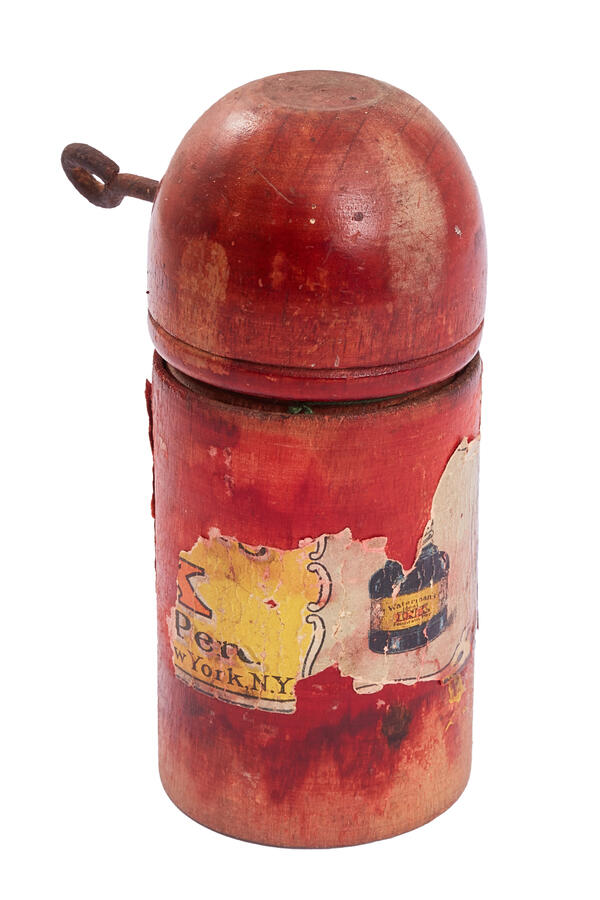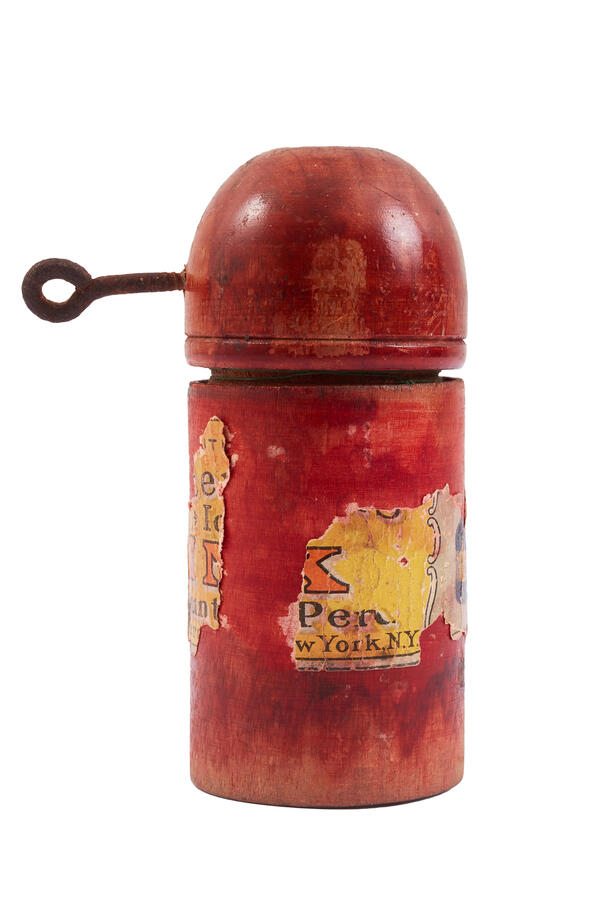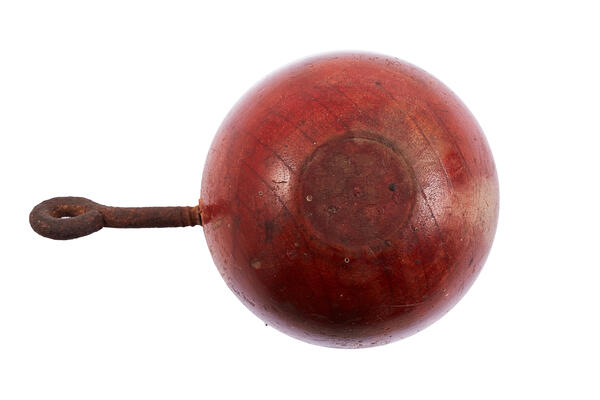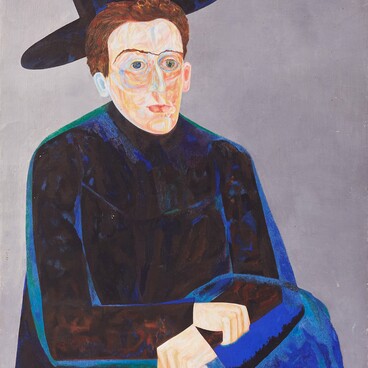The museum’s collection contains an inkwell storage case and fountain pens that were used by the house owners in the first half of the 20th century. This particular type of storage case was usually used for a cylindrical inkwell to make it easier to travel with.
The lid was tightly fastened on the body of the case to avoid any leaks. Fountain pens were actively used up to the 1960s. The wooden part of the pen is called “penholder”, and a metal nib was inserted into it. Olga Konstantinovna Matyushina (née Gromozova), Mikhail Matyushin’s third wife, wrote her novels and stories by dipping such a pen in the inkwell.
It is noteworthy that Olga Matyushina began writing her first story “A Song of Life” during the Great Patriotic War after she had almost completely lost her eyesight during the bombing of Leningrad. Olga sustained some damage to the center of the retina but retained her peripheral vision — she distinguished spots of color and light.
At first, Olga Matyushina got help with her notes from an artist, Mukhail Matyushin’s student and her friend Maria Vladimirovna Ender (her character in the book was called Mulya). Maria either wrote by hand or to Matyushina’s dictation, but sadly, Mulya died in the spring of 1942, and Matyushina had to learn to write “blindly”.
In her story “A Song of
Life”, Olga Matyushina recalled that it was difficult to even dip a pen in an
inkwell,







